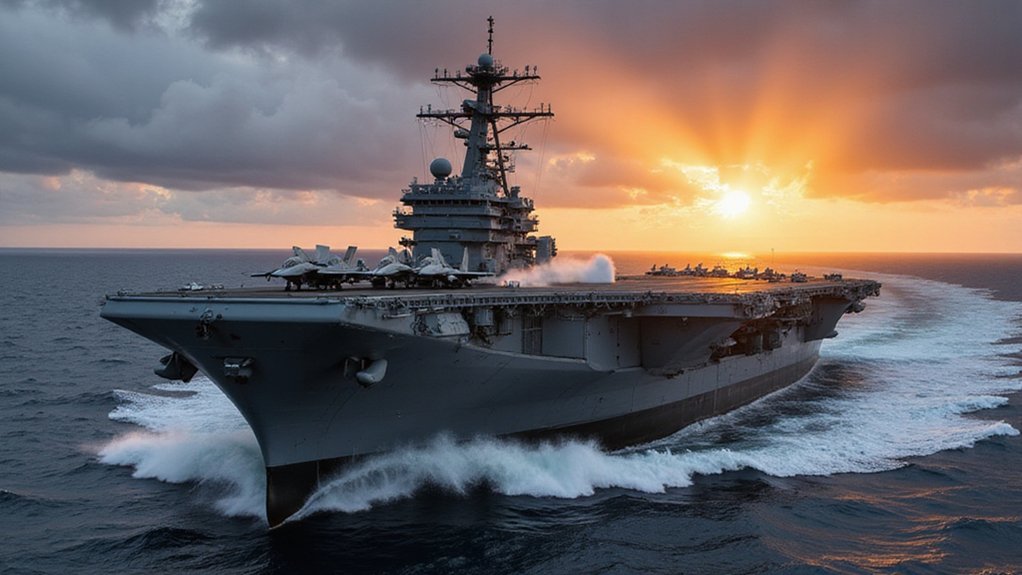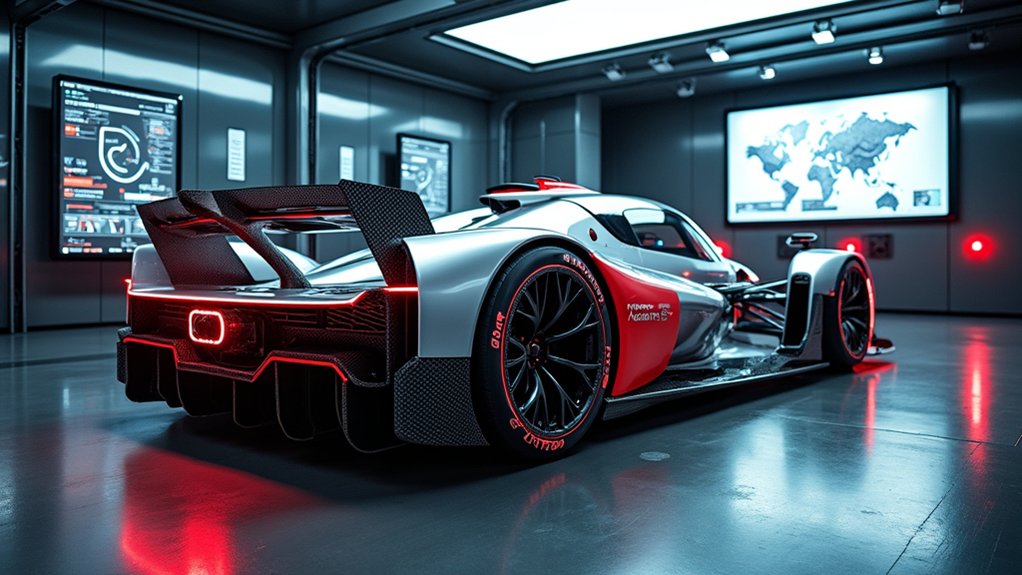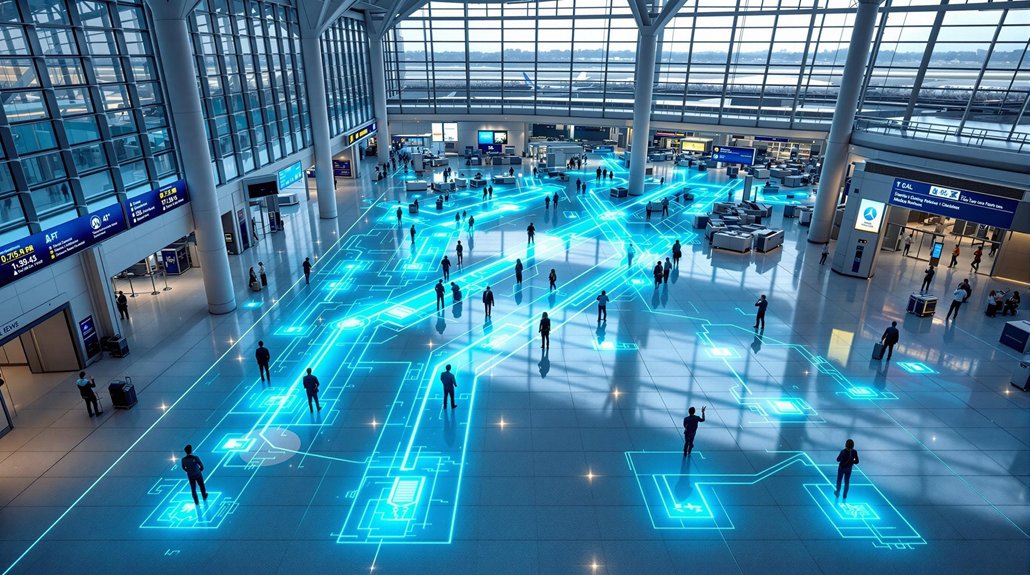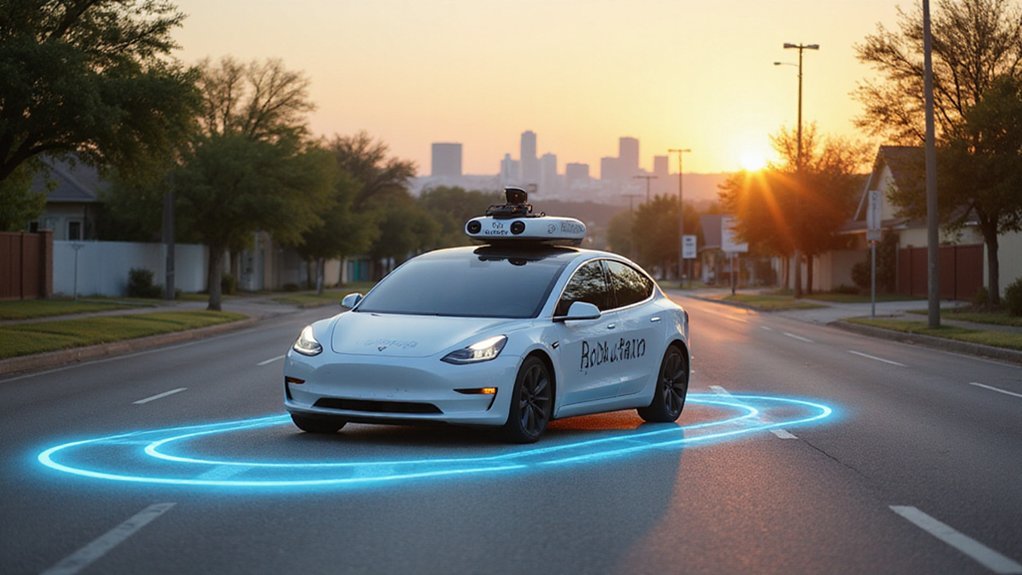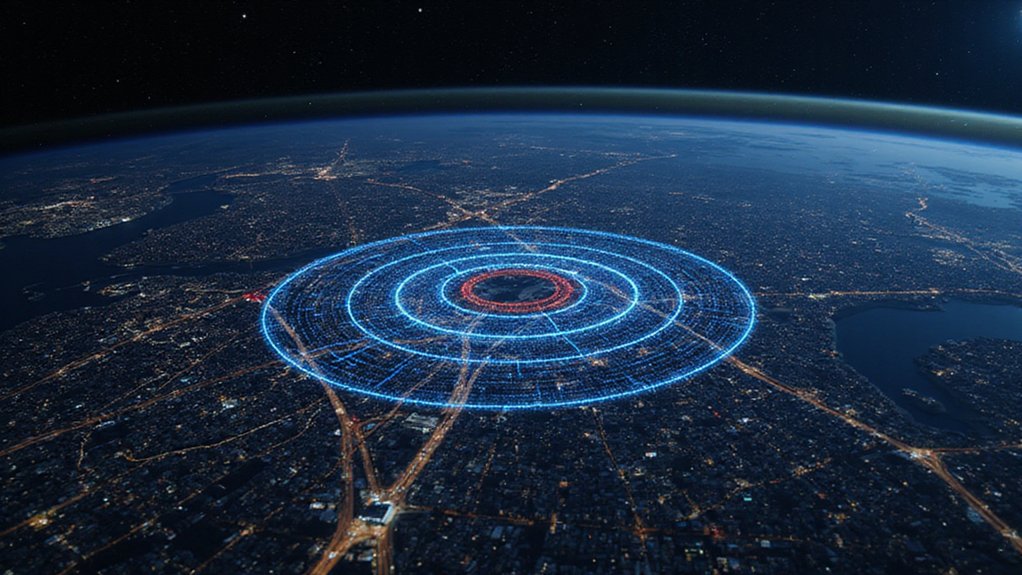When did the ocean become America’s personal highway? Somewhere between splitting atoms and launching jets off floating cities, the U.S. Navy decided conventional fuel was for chumps. Enter the nuclear-powered aircraft carrier—a beast that laughs at gas stations and makes other navies look like they’re paddling canoes.
These floating fortresses don’t stop. Ever. While diesel-powered ships crawl back to port every few weeks, begging for fuel like hungry teenagers, nuclear carriers cruise for decades. The only thing that runs out? Toilet paper and the crew’s patience. No massive fuel tanks eating up space. No supply ships playing tag in hostile waters. Just pure, uninterrupted dominance.
Nuclear carriers cruise for decades while diesel ships beg for fuel like hungry teenagers.
The numbers tell the story. Eleven nuclear carriers. Ten Nimitz-class monsters and one shiny new Gerald R. Ford. France has one. China’s still figuring out the blueprints. Everyone else? They’re watching YouTube tutorials on “How to Build a Supercarrier.” The USS Enterprise, America’s first nuclear carrier, completed 25 deployments over half a century of service, proving these beasts aren’t just powerful—they’re marathon runners.
Speed matters when you’re playing global cop. These reactors push carriers wherever they need to be, fast. Indian Ocean crisis? They’re there. Pacific showdown? Already steaming. The math is brutal—more speed, more sorties, more bombs on target. It’s not subtle, but neither is parking 100,000 tons of democracy off someone’s coastline.
The tech keeps evolving. Modern reactors with gas injection systems and better shielding. Future weapons that need stupid amounts of power. Electronic warfare systems that could fry a city’s grid. Nuclear propulsion makes it all possible. Conventional carriers? They’re still trying to keep the lights on. This technological transformation mirrors the AI capabilities leap we’re witnessing across industries, where tasks that once took months now complete in minutes.
America went all-in on nuclear carriers by 2009. The last conventionally-powered carrier, USS Kitty Hawk, was deactivated on 12 May 2009, marking the end of an era. No hedging bets, no backup plans. Just a clear message: this is how superpowers roll. China’s scrambling to catch up, pouring money into nuclear carrier research. Good luck with that.
Here’s the reality. Nuclear carriers aren’t just ships. They’re floating statements of intent. They show up, stay as long as they want, and leave when they’re good and ready. No permission needed, no gas money required. That’s not just naval superiority—that’s rewriting the rules of the game entirely.
References
- https://www.history.navy.mil/browse-by-topic/exploration-and-innovation/nuclear-navy.html
- https://en.wikipedia.org/wiki/Nuclear_navy
- https://www.britannica.com/topic/naval-warfare/The-age-of-the-aircraft-carrier
- https://sigmaearth.com/the-role-of-nuclear-powered-aircraft-carriers-in-modern-navies/
- https://www.sustainability-times.com/reports/the-us-stunned-by-chinas-leap-these-revolutionary-nuclear-powered-aircraft-carriers-redefine-naval-supremacy-with-unmatched-futuristic-technology/
